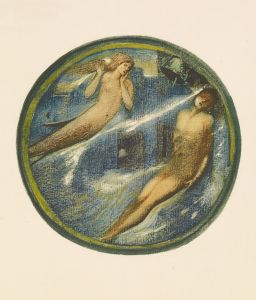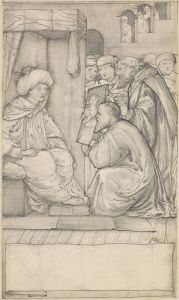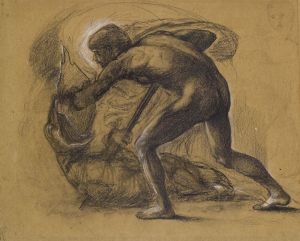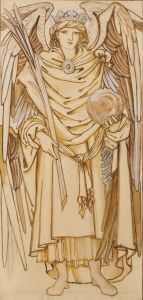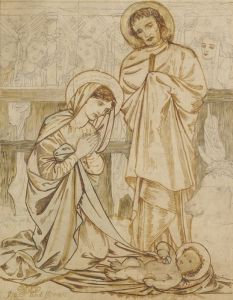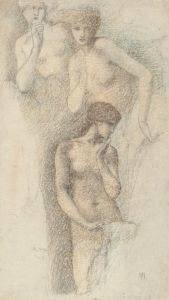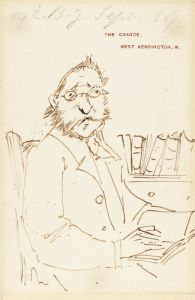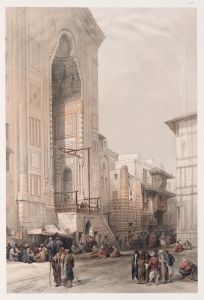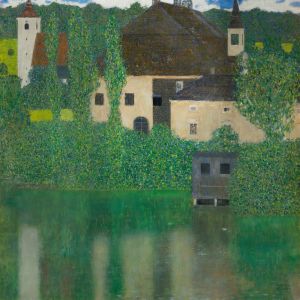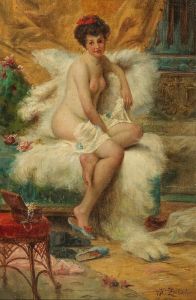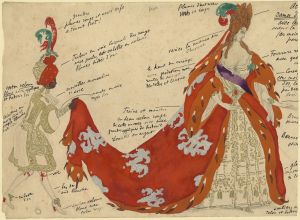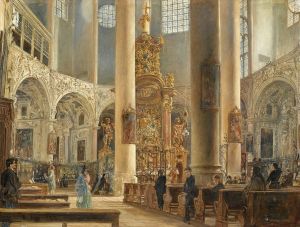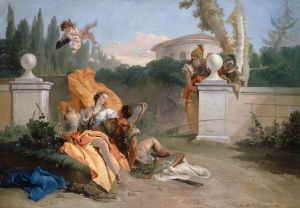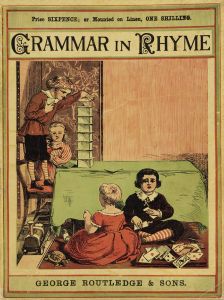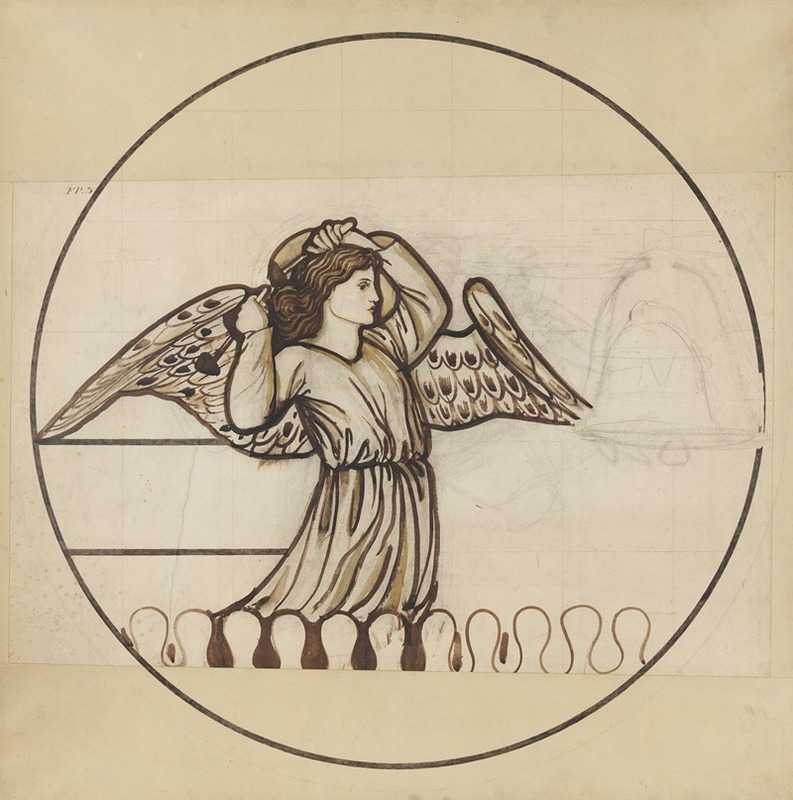
Angel Playing on Bells
A hand-painted replica of Sir Edward Coley Burne-Jones’s masterpiece Angel Playing on Bells, meticulously crafted by professional artists to capture the true essence of the original. Each piece is created with museum-quality canvas and rare mineral pigments, carefully painted by experienced artists with delicate brushstrokes and rich, layered colors to perfectly recreate the texture of the original artwork. Unlike machine-printed reproductions, this hand-painted version brings the painting to life, infused with the artist’s emotions and skill in every stroke. Whether for personal collection or home decoration, it instantly elevates the artistic atmosphere of any space.
"Angel Playing on Bells" is a painting by the British artist Sir Edward Coley Burne-Jones, a prominent figure in the Pre-Raphaelite Brotherhood, an art movement that emerged in the mid-19th century. This movement sought to return to the detail, intense colors, and complex compositions of Quattrocento Italian art. Burne-Jones, known for his romantic and mythical subjects, was a key figure in the later phase of the movement, often associated with the Aesthetic Movement, which emphasized art for art's sake.
The painting "Angel Playing on Bells" is part of a series of works by Burne-Jones that depict angels engaged in various musical activities. These works reflect Burne-Jones's fascination with the ethereal and the divine, themes that recur throughout his oeuvre. The angel in this painting is depicted with a serene expression, playing a set of bells, an image that evokes a sense of tranquility and celestial harmony. The use of soft, muted colors and delicate brushwork is characteristic of Burne-Jones's style, which often combines elements of medievalism with a dreamlike quality.
Burne-Jones's interest in angels and music can be traced back to his broader artistic influences and personal beliefs. He was deeply inspired by medieval art and literature, which often featured angelic figures and heavenly music as symbols of divine beauty and order. This influence is evident in the intricate details of the angel's robes and the careful rendering of the musical instrument, which suggest a reverence for craftsmanship and a longing for a purer, more spiritual world.
The painting also reflects Burne-Jones's collaboration with other artists and craftsmen of his time, particularly those associated with the Arts and Crafts Movement. This movement, which included figures like William Morris, emphasized the importance of handcrafted art and the integration of art into everyday life. Burne-Jones and Morris were close friends and collaborators, and their shared ideals are evident in the meticulous attention to detail and the harmonious composition of "Angel Playing on Bells."
"Angel Playing on Bells" is housed in a private collection, and as such, it is not as widely accessible as some of Burne-Jones's other works. However, it remains an important example of his artistic vision and his contribution to the Pre-Raphaelite and Aesthetic movements. The painting continues to be studied for its technical mastery and its embodiment of the themes that preoccupied Burne-Jones throughout his career.
In summary, "Angel Playing on Bells" exemplifies Sir Edward Coley Burne-Jones's fascination with the divine and the beautiful, rendered through the lens of Pre-Raphaelite and Aesthetic ideals. The painting's focus on an angelic figure engaged in music-making reflects the artist's interest in themes of spirituality and harmony, while its detailed execution showcases his commitment to craftsmanship and artistic excellence.





